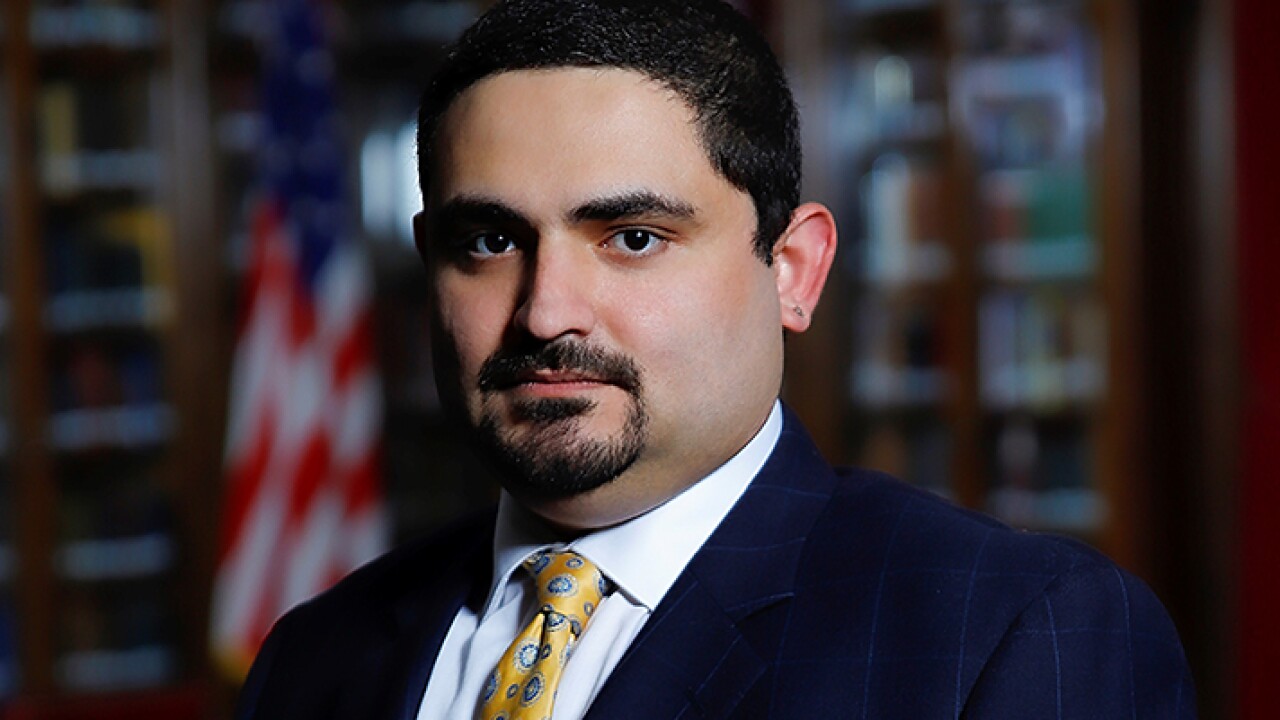Investors turned up the heat Wednesday on the R
It's the latest salvo in what is expected to become a wider legal battle between issuers who hope to refund the taxable BABs into lower-cost tax-exempt debt by taking advantage of the so-called extraordinary redemption provision and investors who hold the pricey paper.
Up to
There are about $110 billion of BABs with embedded ERP calls, they said.
J.P. Morgan has identified 14 "unique" issuers that have either called BABs, posted conditional calls or announced that they are considering financing plans in this regard, totaling up to $9.15 billion that could be refunded. Investors are also scrutinizing a $1.1 billion BABs refunding that the state of Washington is set to bring next week.

The dispute turns in part on whether issuers are legally allowed to take advantage of the ERPs in light of
Indenture language outlining the requirements for an extraordinary redemption may differ among issuers, but the timeliness question — with the deals coming more than 10 years after sequestration began — remains the same, said Kramer Levin partner Amy Caton, who penned the letter.
"The change in subsidy payments that municipalities are receiving is de minimus," Caton told The Bond Buyer. "And sequestration happened over 10 years ago."
"We aren't aware of any issuer disclosing this effectively hidden call provision to investors over the past 10 years, during which several hundreds of billions of dollars of BABs have been issued and traded," she said. "This delay just goes to show that these extraordinary redemptions were not anticipated or intended in the indentures, but are instead based on a creative but flawed legal argument driven by the current change in interest rates."
The issue has gained steam in light of a 2023 court opinion stemming from Indiana Municipal Power Agency v. U.S. The decision "supports the conclusion that sequestration resulted in a materially adverse change to the cash subsidy payment obligation," said law firm Orrick, which is bond counsel for the Regents of California, in a
"Although the specific language must be reviewed in each case, we believe extraordinary optional redemption is available for issuers of BABs in most cases," Orrick said in the brief, titled "Attention BAB Issuers: Extraordinary Optional Redemption is Available."
Following the initial letter from bondholders to the university, Orrick declined to comment on the specific
matter. However, Chas Cardall, a tax partner at Orrick, said at the time
Orrick also declined to comment on the legal letter from Kramer Levin.
Orrick's reasoning is "mistaken" and "unsound," and "acting on it would be subject to straightforward legal challenge," said Kramer Levin in its six-page letter to the regents. The firm said it represents investors who "hold or manage hundreds of millions of dollars" of the university's refunded BABs and who include "some of the largest financial institutions in the country."
Kramer Levin outlines a trio of legal arguments challenging the transaction: there has been no adverse change to the federal statute governing BABs; the sequestration cuts — trimming the 35% subsidy to 33% — are "minuscule by any metric" and therefore not material; and that the refunding is untimely because sequestration began in 2013 and the issuer opted not to take advantage of it for 10 years until the market became more favorable.
"The Regents are not entitled to undertake this extraordinary redemption, and should cancel it," the group said. "Should it nevertheless proceed, it must pay bondholders the make-whole redemption amount, which we estimate as at least $120 million greater than the currently proposed extraordinary redemption amount."
Complicating the issue is that the university has already priced the $1.1 billion deal, which is set to close next week.
The Regents did not immediately respond to a request for comment.
"I don't think anyone necessarily knows what's correct, but this is why we have lawyers to figure this out," said Matt Fabian, partner at Municipal Market Analytics, adding that it's not a "great" situation for bondholders, especially those who have been carrying the bonds too far above the price.
"That's the risk of this kind of a structure," Fabian said. "Asset managers have a fiduciary responsibility to their investors," he added. "This is potentially a large loss, so they're more or less compelled to litigate."
An investor who holds Regents BABs and is against the recent deal said current market conditions point to the University of California making the decision based on tax-exempt rates and not materiality of the subsidy reduction.
"The reason why this is happening right now is because it's not necessarily how much savings can be achieved by the university or anyone that's contemplating these ERPs; it has to do with where they can refinance in the tax-exempt market," they said.
The definition of ERP criteria is "highly debatable" and market participants' opinions on the issue will impact the buying of BABs, said Alice Cheng, a municipal credit analyst at Janney.
"If they've calculated that the investment is worth the risk, we've seen customers buying more, but we have also seen customers not interested at all," Cheng said. "It needs new precedents to set the tide."





